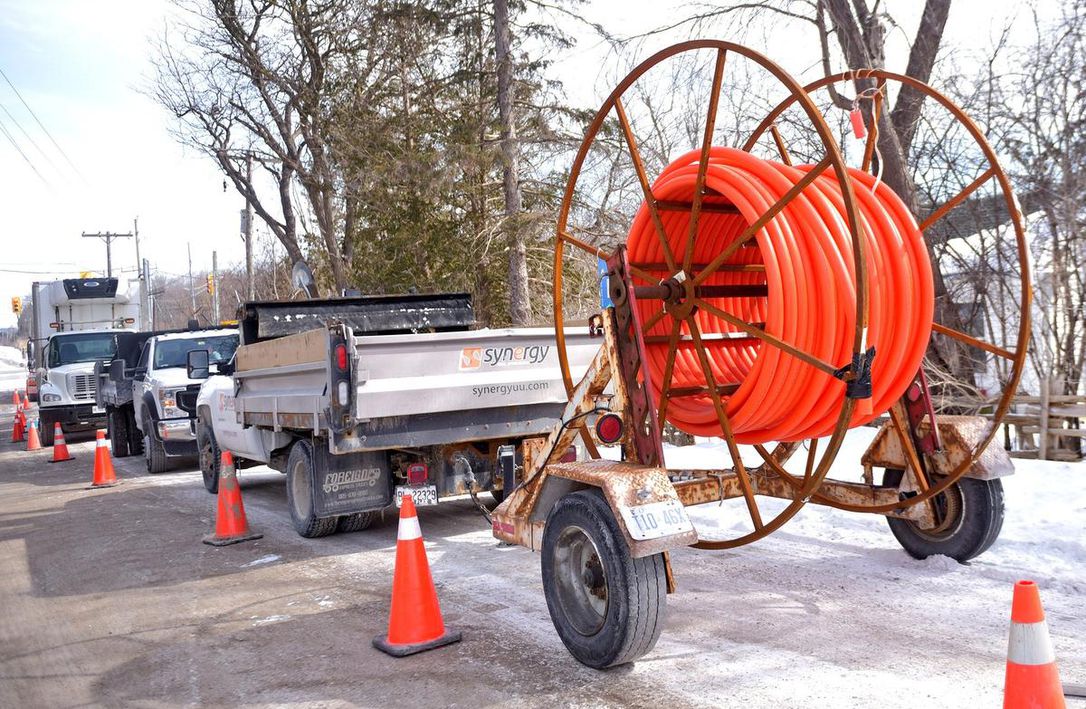Hamilton Spectator: Opinion: It’s time to tackle digital inequity
Posted May 4, 2022
Posted May 4, 2022
It’s shocking. Two years into a pandemic that forced nearly everything online, most rural and First Nations households still don’t have access to the “basic” internet speed target set by the government. Where there is decent connectivity, many lack the skills they need to thrive online.
In 2022, digital skills and decent connectivity aren’t optional — they’re essential — and those missing either will be left behind. But the Canadian Internet Registration Authority’s (CIRA) new report, Getting Connected: Funders and Digital Equity in Canada, suggests that while Canadian philanthropy is feeling urgency to help tackle the country’s digital inequities, the majority have yet to step up with funding and leadership. Until they do, Canada’s digital divides will continue to slow our progress toward social, racial, and economic justice.
Funders interviewed in the report were asked how they prioritized digital equity, understood as the condition in which everyone has the technological capacity for meaningful participation in our society, democracy, and economy. The report reveals that while funders have not historically prioritized digital equity, the pandemic has forced them to confront the issue.
Throughout the pandemic, funders report being inundated with requests related to hardware, software, and access, and now agree that dismantling digital inequities is essential to improving their work and achieving social impact.
Despite this lack of funding support, community groups across Canada have been working hard to achieve digital equity. For example, residents of the Samson Cree First Nation outside Edmonton struggled with poor internet connectivity for years. Then, one day, tired of being overlooked by the country’s telecommunications giants, members of the community decided to build a do-it-yourself broadband network to deliver free, high-speed Wi-Fi to the entire community.
Of course, digital equity is about more than connecting the unconnected. Limited funding for this work has contributed to a stark stakeholder imbalance where well-funded corporate interests dominate the public policy agenda while the needs of internet users are often ignored. To counter this, groups like ACORN Canada have leveraged the limited digital equity funding available to research connectivity barriers for low-income residents and advocate for more affordable internet services.
Digital development projects like this take place every single day. But Canadian philanthropists admit they’ve been slow to support them. Many funders say they have been reluctant to jump in, balking at the multi-million-dollar price tags that come with large broadband expansion projects.
Of course, funders who don’t wish to tackle large-scale projects can still support bite-sized connectivity efforts like the Samson Cree First Nations. Where previous research has shown funding for these projects to be piecemeal, ad hoc and unorganized, Getting Connected shows consensus that this needs to change. While the report offers multiple recommendations for how to increase funding for digital equity in Canada, here are the two most important ones:
First, to help bring new funders into the fold, organizations with expertise in digital equity need to educate newcomers about the opportunities to plug in. This could take the form of a network, or community of practice, where funders can learn how to address the skills, connectivity, and policy challenges facing Canadians.
Second, funders need to dedicate resources to digital equity. They could develop their own funding streams, or, as part of the community of practice, they could contribute to a shared, pooled fund where money is distributed as grants for digital equity projects.
No matter what your number 1 funding priority is, progress will be frustrated by digital inequity. If you can’t reach your target audiences about your issue online, you’re going to struggle to have an impact. And right now, a lot of people in this country can’t be reached.
Funders who don’t make digital equity a priority risk irrelevance. Progress toward all social justice objectives hinge on developing resources for digital development — especially when addressing inequity and amplifying voices from marginalized communities across Canada.
Maureen James manages the Community Investment Program at CIRA.
***
Article by Maureen James for Hamilton Spectator Opinion

